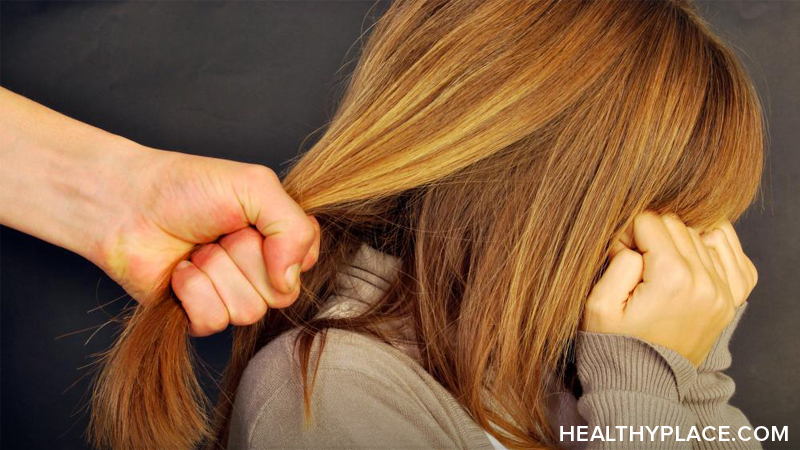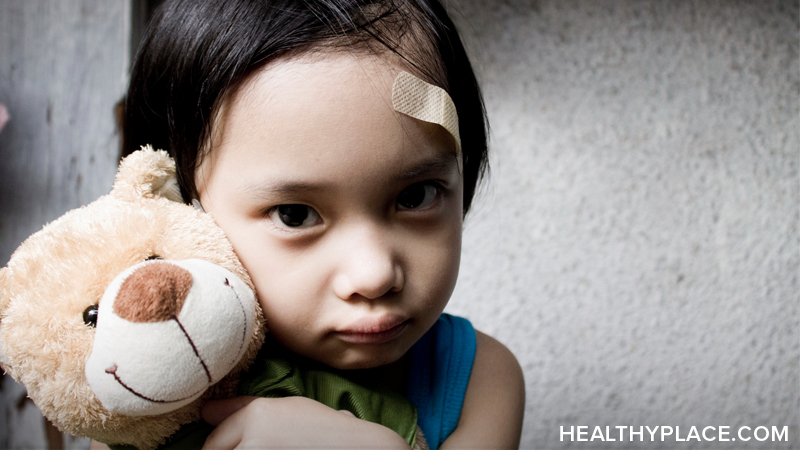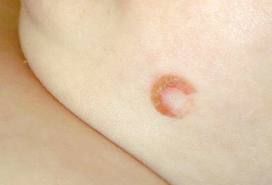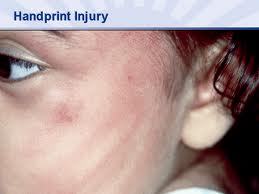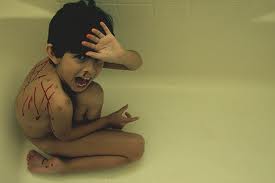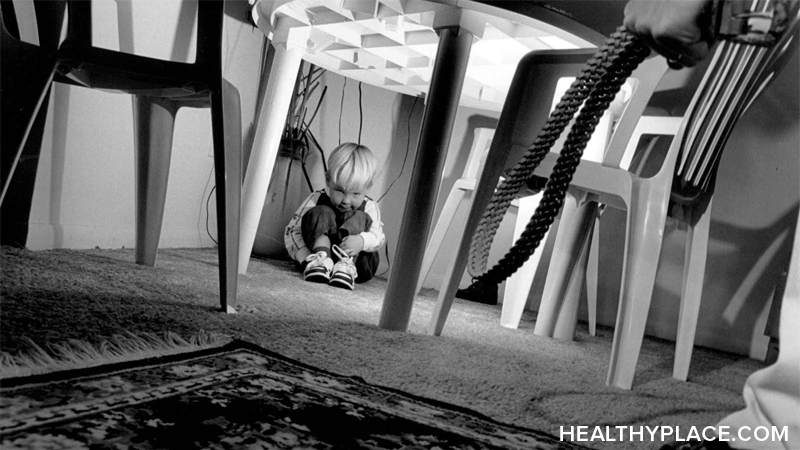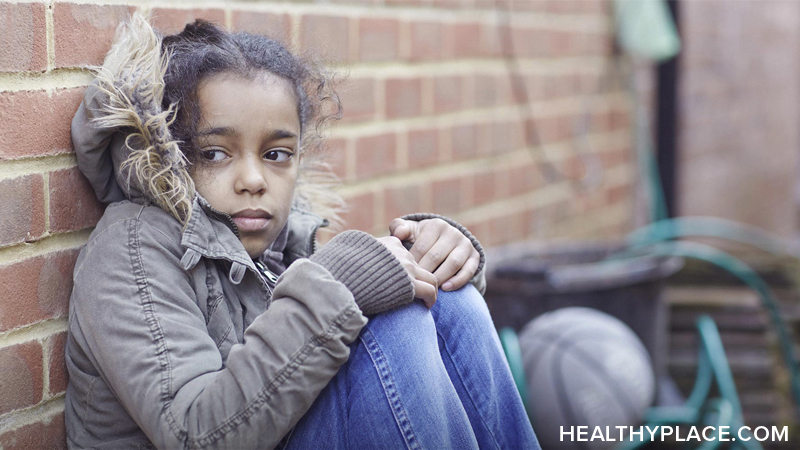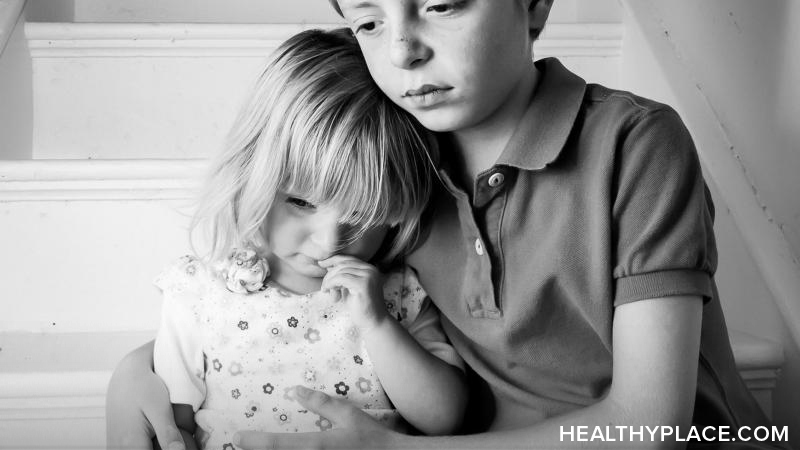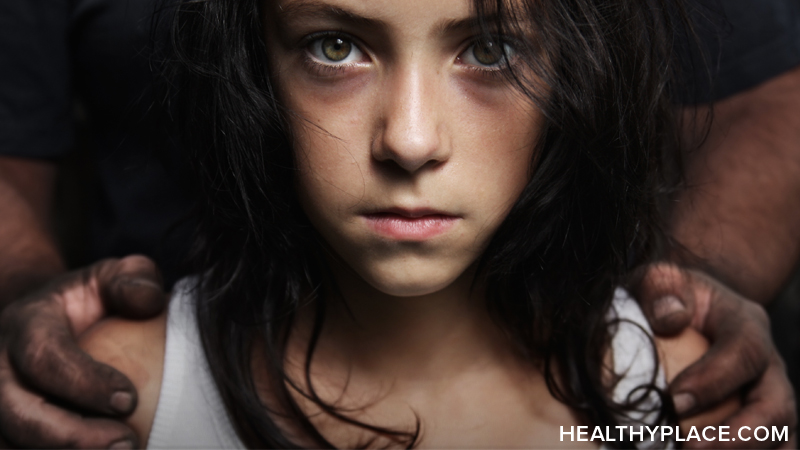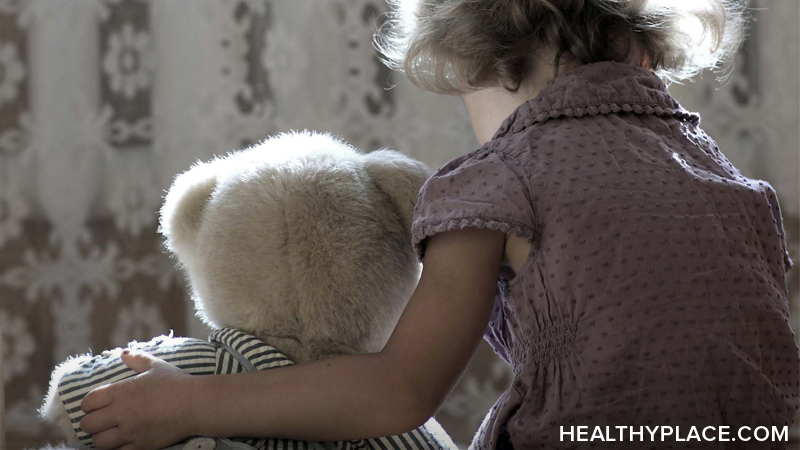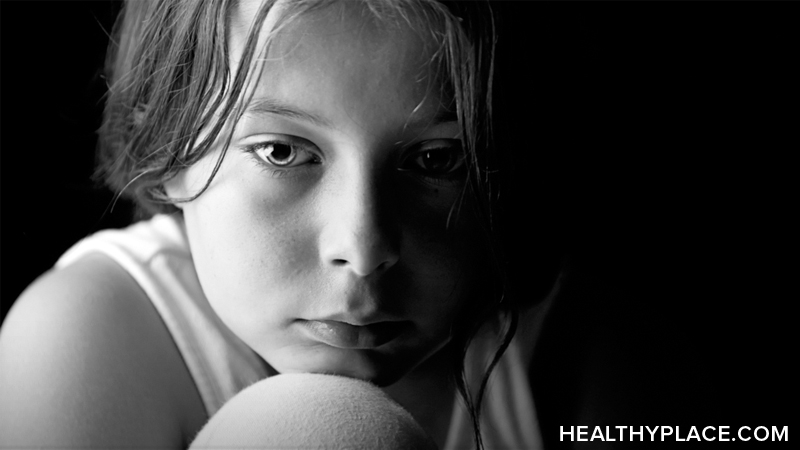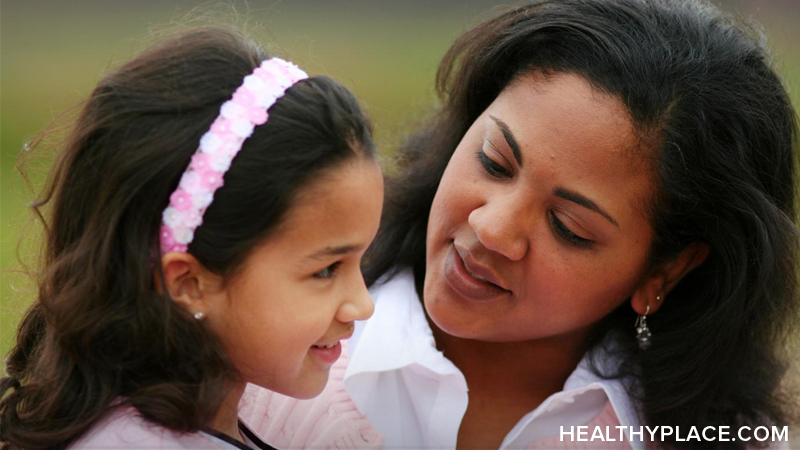Teenage Dating Abuse: How to Deal With It
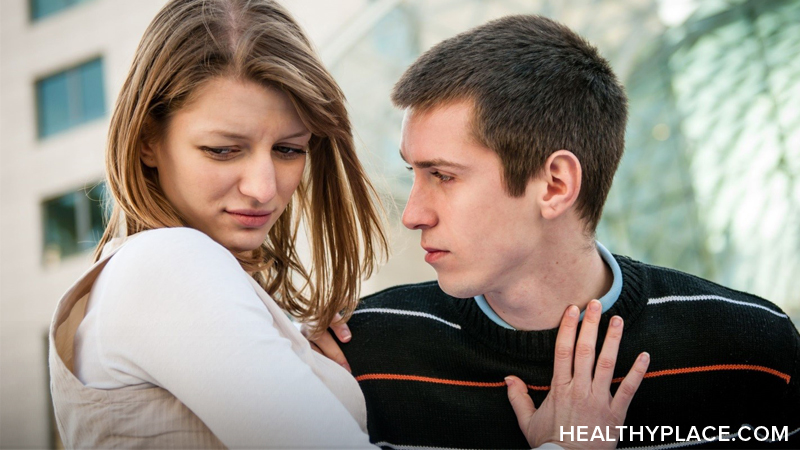
Teenage dating abuse, also called dating violence or teen domestic violence, is any type of abuse that takes place between two teens in a dating relationship. Dating abuse may be emotional, physical or sexual in nature. Dating abuse is a huge problem, not only because it's prevalent among teens but only 40% of victims reach out for help (only 21% of perpetrators ask for help).
Why Do Teens Stay in Abusive Dating Relationships?
While it may seem like the obvious choice, many people have trouble leaving a dating relationship, even if it is abusive. This is true both in adults and in teenagers. Some of the reasons teens stay in abusive dating relationships include:1
- Love – everyone wants to be loved and if the victim feels the perpetrator loves them, they may not want to give that up. Additionally, the victim may believe that no one else will ever love them the way the abuser does. The abuser may rely on this false belief in order to continue the abuse.
- Confusion – because teens are new to dating, they may not have enough experience to spot violent or abusive behaviors. They may confuse violence and abuse with love, especially if they grew up in an abusive household.
- Belief he or she can change his or her partner – teens may cling to the hope that their partner can change if they just "do all the right things." Unfortunately, abuse tends to worsen over time – not get better.
- Promises – abusers often promise to stop the abuse and say they are sorry and sometimes victims believe them. This is referred to as the cycle of violence and abuse.
- Denial – as with anything we don't like, sometimes we like to pretend it's not there. It's natural to want to deny abuse in a relationship but that never makes it go away.
- Shame / guilt – some teens may feel the violence or abuse is their fault; however, violence is always only the fault of the abuser.
- Fear – teens may fear retaliation or harm if they leave their abuser.
- Fear of being alone – like the desire to be loved, many people have a desire to be together with someone, even if that someone is abusive, just so they don't have to be alone.
- Loss of independence – teens may fear that telling their parents about an abusive relationship may put their recently-gained independence at risk.
Dealing with Teenage Dating Abuse
As with any violent relationship, teenage dating abuse must be stopped. Teenage violence is no more acceptable than adult violence and, in fact, it's against the law. It's important to remember that it is never the fault of the victim – no one deserves to be emotionally, physically or sexually abused.
According to loveisrespect.org, an organization dedicated to eradicating relationship violence, there are many steps you can take if you find yourself in an abusive dating relationship. If you choose to stay with an abusive partner, it's important to know that violence can escalate quickly, so protect your safety:2
- If you go to an event with your partner, make sure to plan a safe ride home
- Avoid being alone with your partner
- If you are alone with your partner, make sure someone knows where you are and when you'll return
Teenage Dating Abuse – Breaking Up
A better idea, though, is to break up with the person who is abusing you. A breakup, especially when dating abuse is present, may not be easy, however, so try these planning steps:
- You might be scared of being lonely without your partner. This is normal. Talk to friends and find new activities to fill your time.
- Write down the reasons you're leaving your partner so that later, if you're tempted to re-enter the relationship, you're reminded of the current dating abuse.
- If your partner has been controlling, it may be challenging to again be making your own decisions. May sure you have a support system ready for these times.
- Put safety measures into place before the actual breakup. More information on safety plans can be found here.
Once you have planned for the breakup it's time for the actual event. Breaking up is never easy but if it is what will keep you safe, it is the right thing to do. Remember – trust yourself. If you think you have a reason to be afraid, you probably do.
Here are some tips for breaking up:
- If you don't feel safe, don't break up in person. It may seem cruel to break up over the phone or through an email, but that may be the best way to stay safe.
- If you break up in person, make sure to do it in public and have your support system nearby in case you need them. Take a cell phone with you in case you need to call for help.
- Don't bother trying to explain your reasons for breaking up more than once. It is likely nothing you can say will make your ex happy.
- Let your friends and family know you are breaking up especially if your ex is likely to visit them.
- If your ex visits you while you're alone, do not open the door.
- Ask for help from a professional such as a counselor, doctor or anti-violence organization.
Once you have broken up with your abuser, keep in mind, you still may not be safe. It's still important to maintain good safety habits like:
- Don't walk alone and don't wear earbuds while walking
- Talk to a school counselor or teacher you trust so that your school can be a safe space. Adjust your class schedule if you need to.
- Keep friends or family close in places where your ex might hang out.
- Save any threatening or harassing messages your ex sends. Set your profile to private on social networking sites and ask friends to do the same
- If you ever feel you're in immediate danger, call 911
- Memorize important numbers in case you don't have access to your cell phone
Help with Teen Dating Abuse
To get help with teenage dating abuse contact loveisrespect.org. This national program provides a hotline, live chat, texting and other services: 1-866-331-9474
The National Domestic Violence Hotline provides crisis intervention, information and referrals to anyone touched by domestic violence, including professionals. Call: 1-800-799-SAFE (7233)
The Rape, Abuse and Incest National Network (RAINN) is an anti-sexual assault organization. Call: 1-800-656-HOPE (4673)
APA Reference
Tracy, N.
(2021, December 17). Teenage Dating Abuse: How to Deal With It, HealthyPlace. Retrieved
on 2025, May 22 from https://www.healthyplace.com/abuse/domestic-violence/teenage-dating-abuse-how-to-deal-with-it
